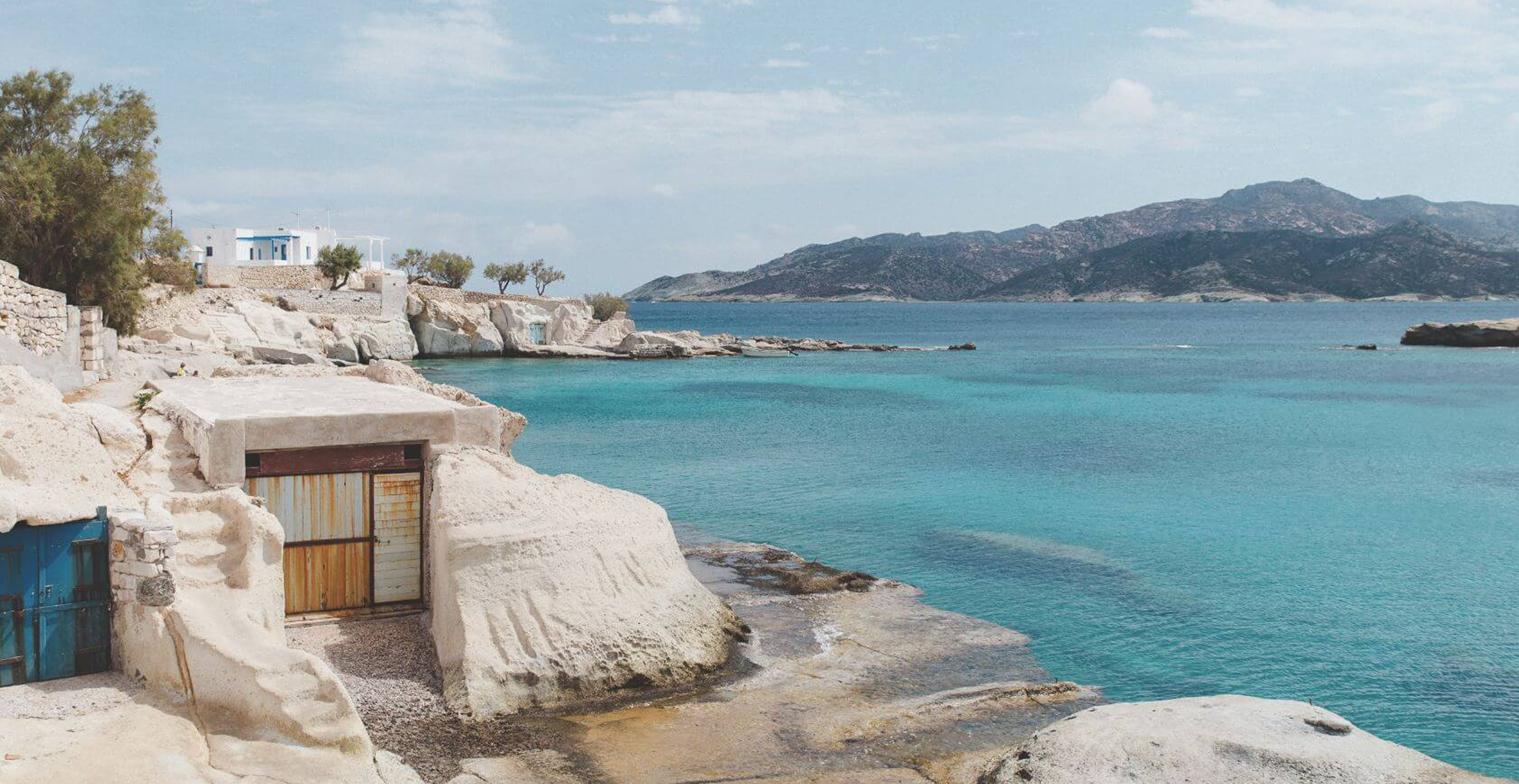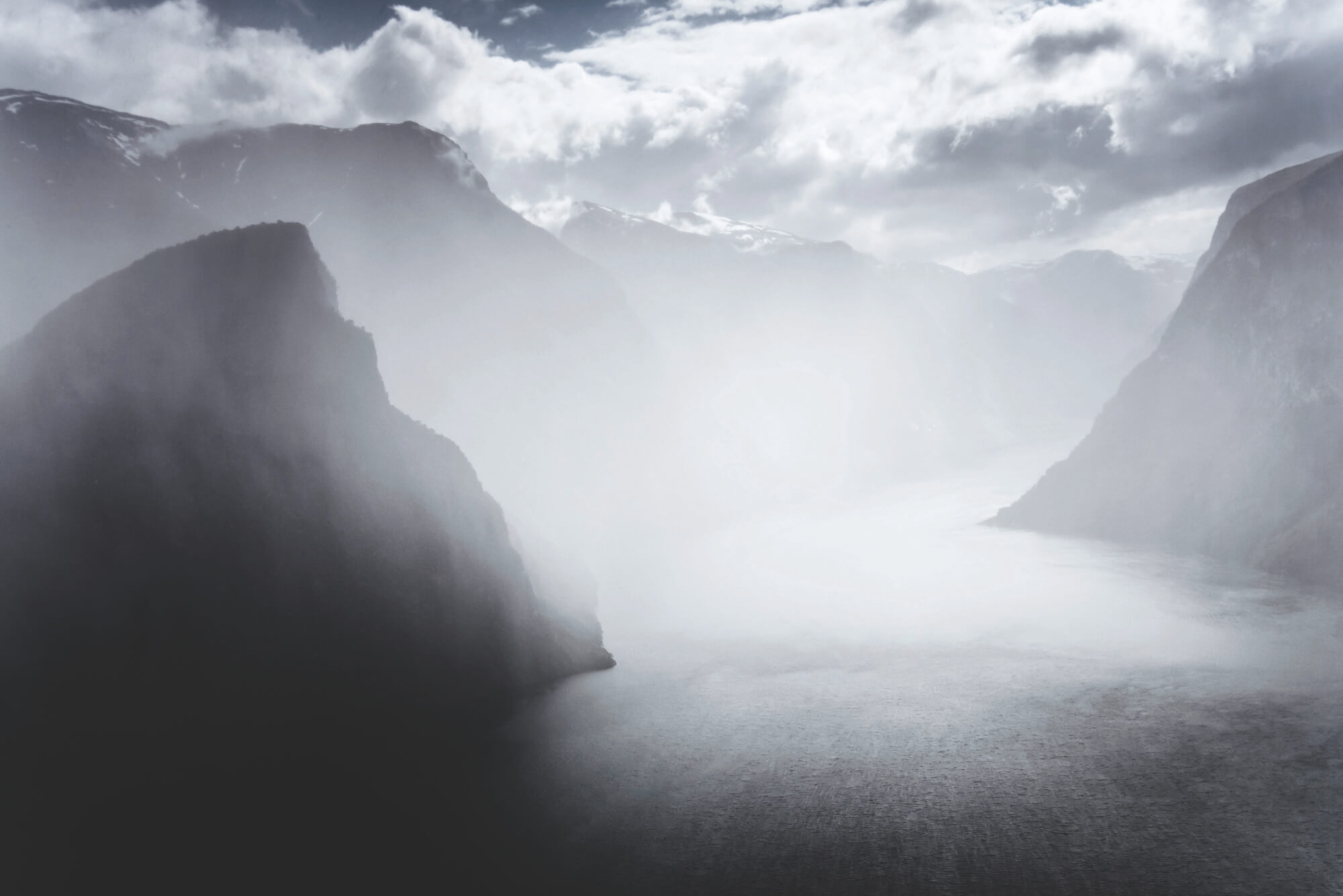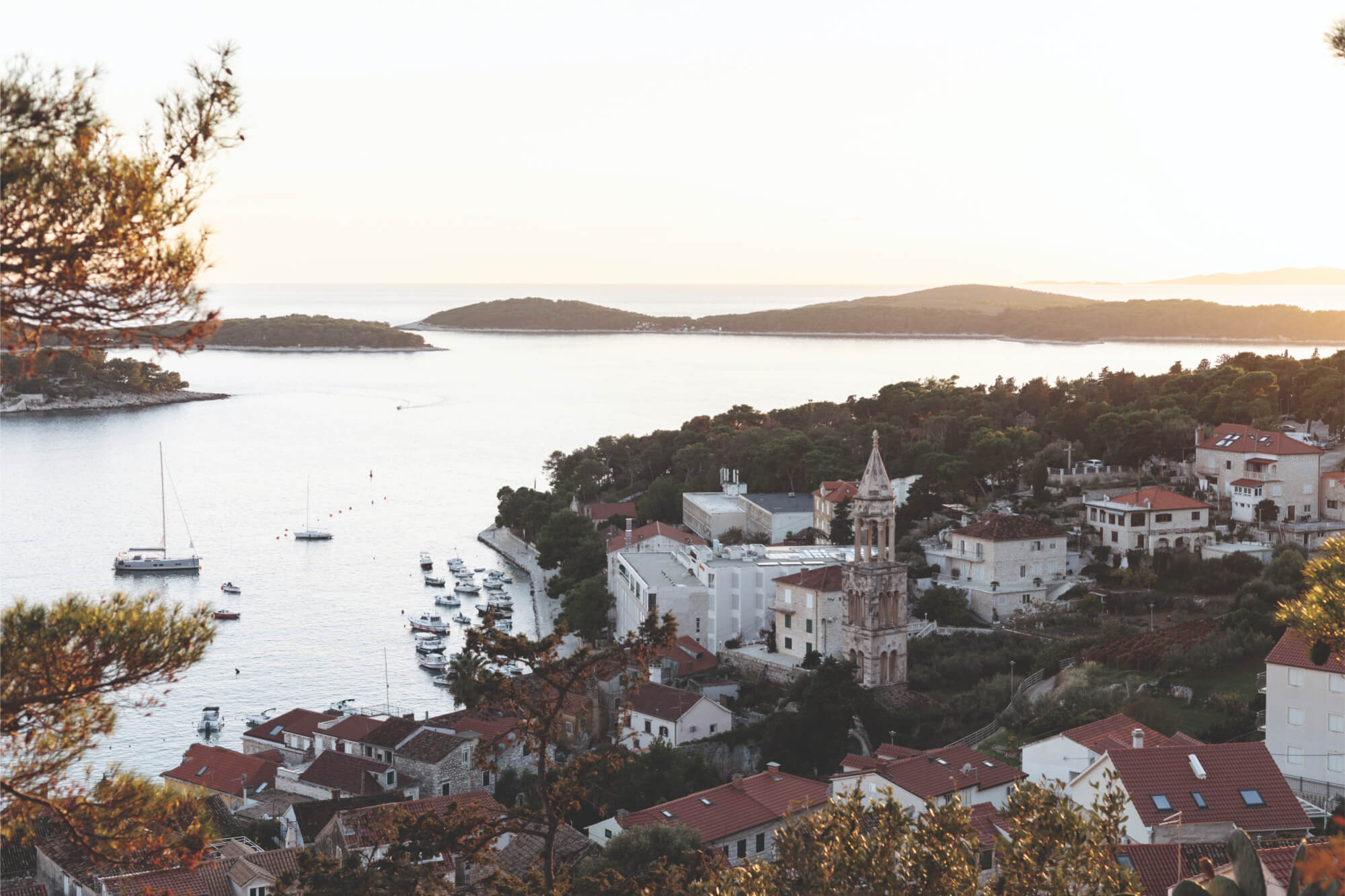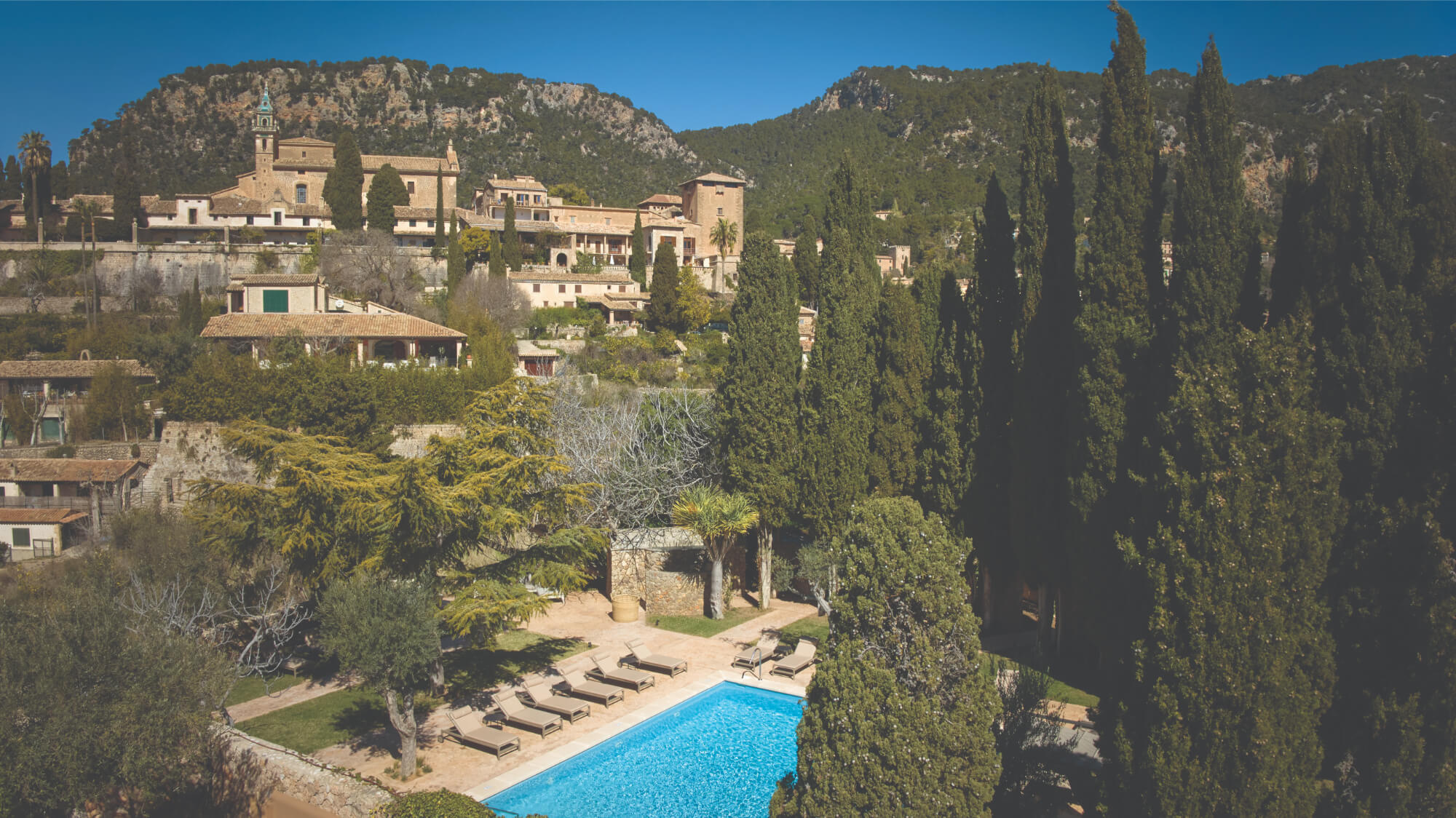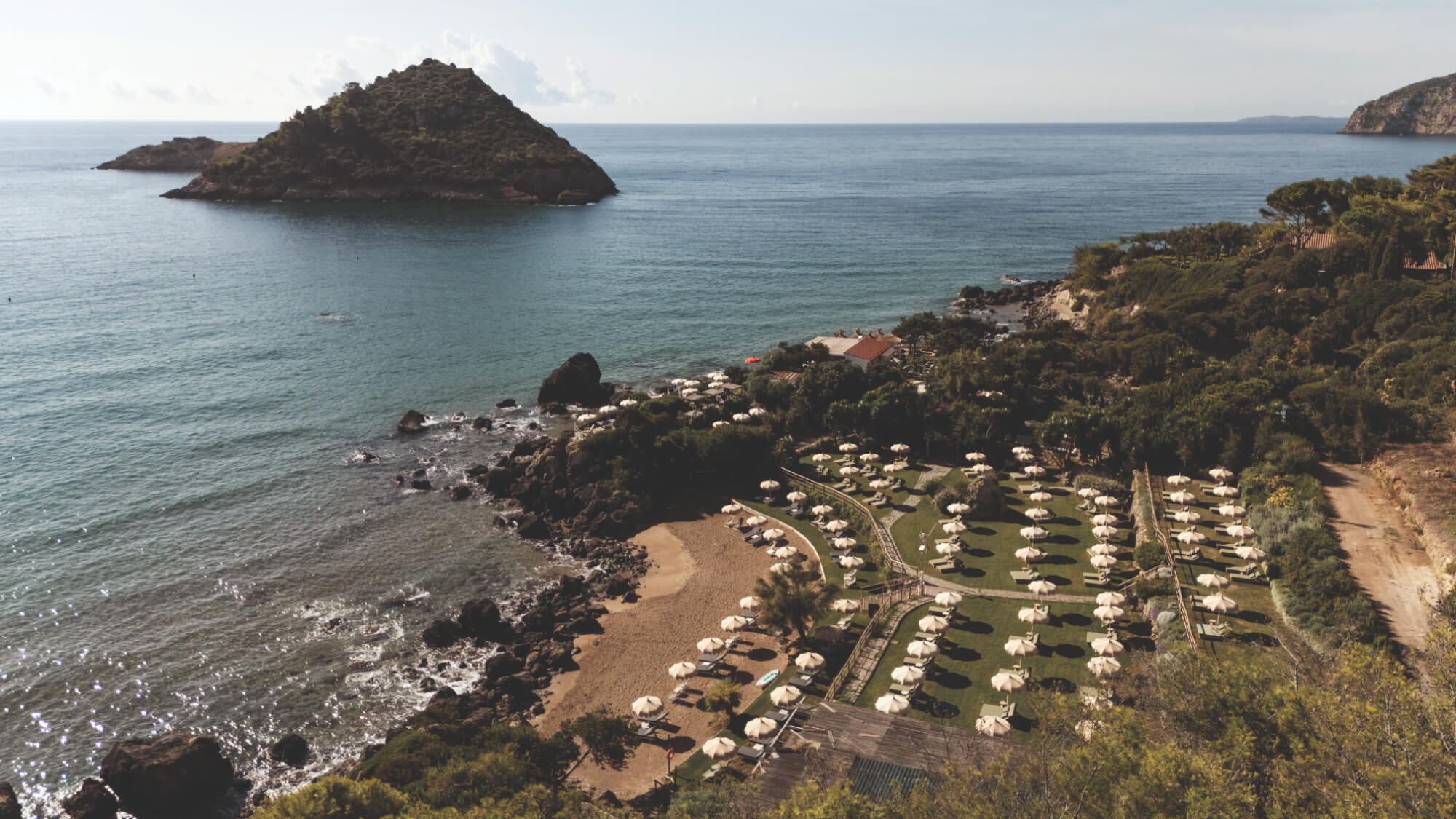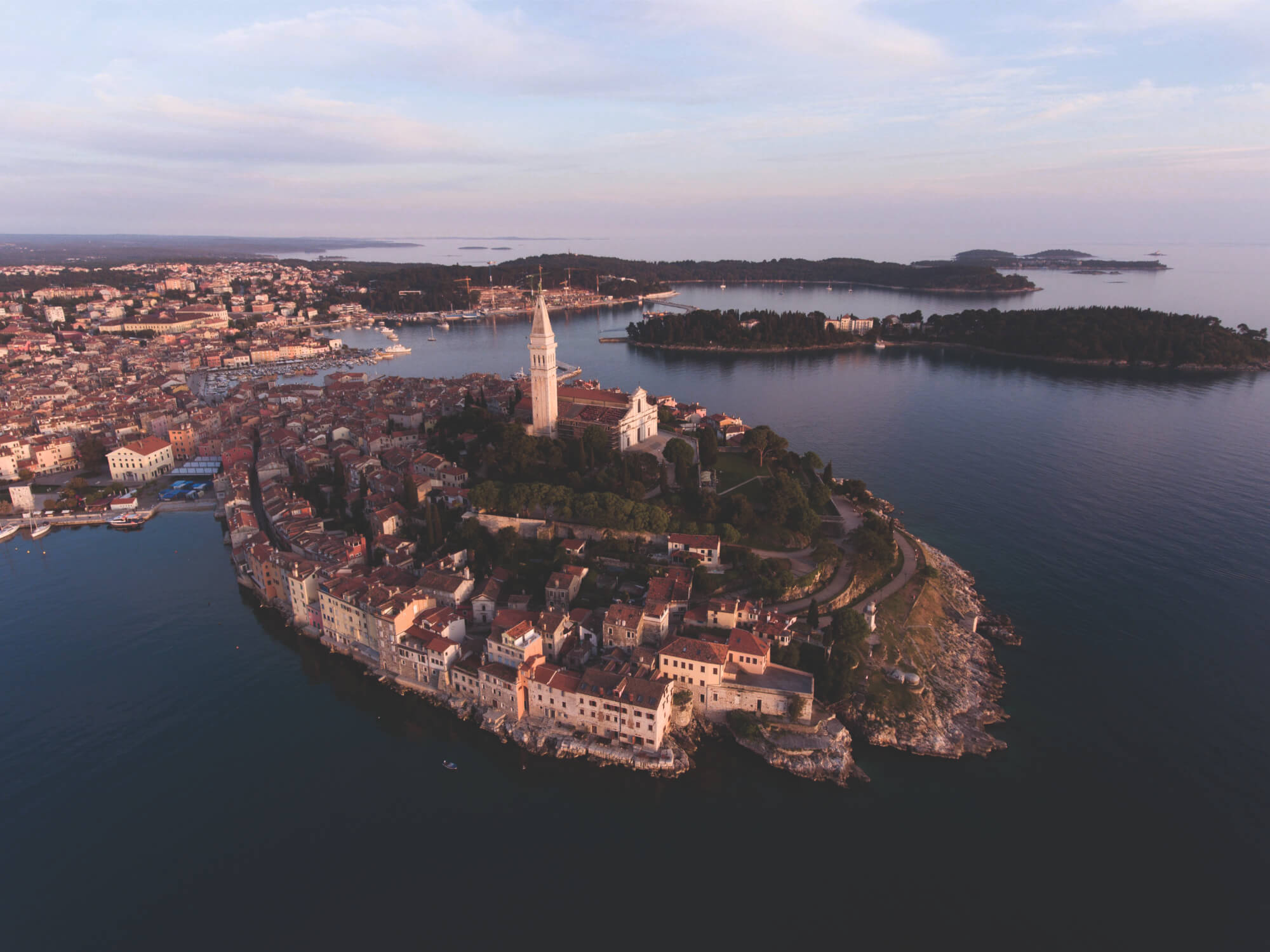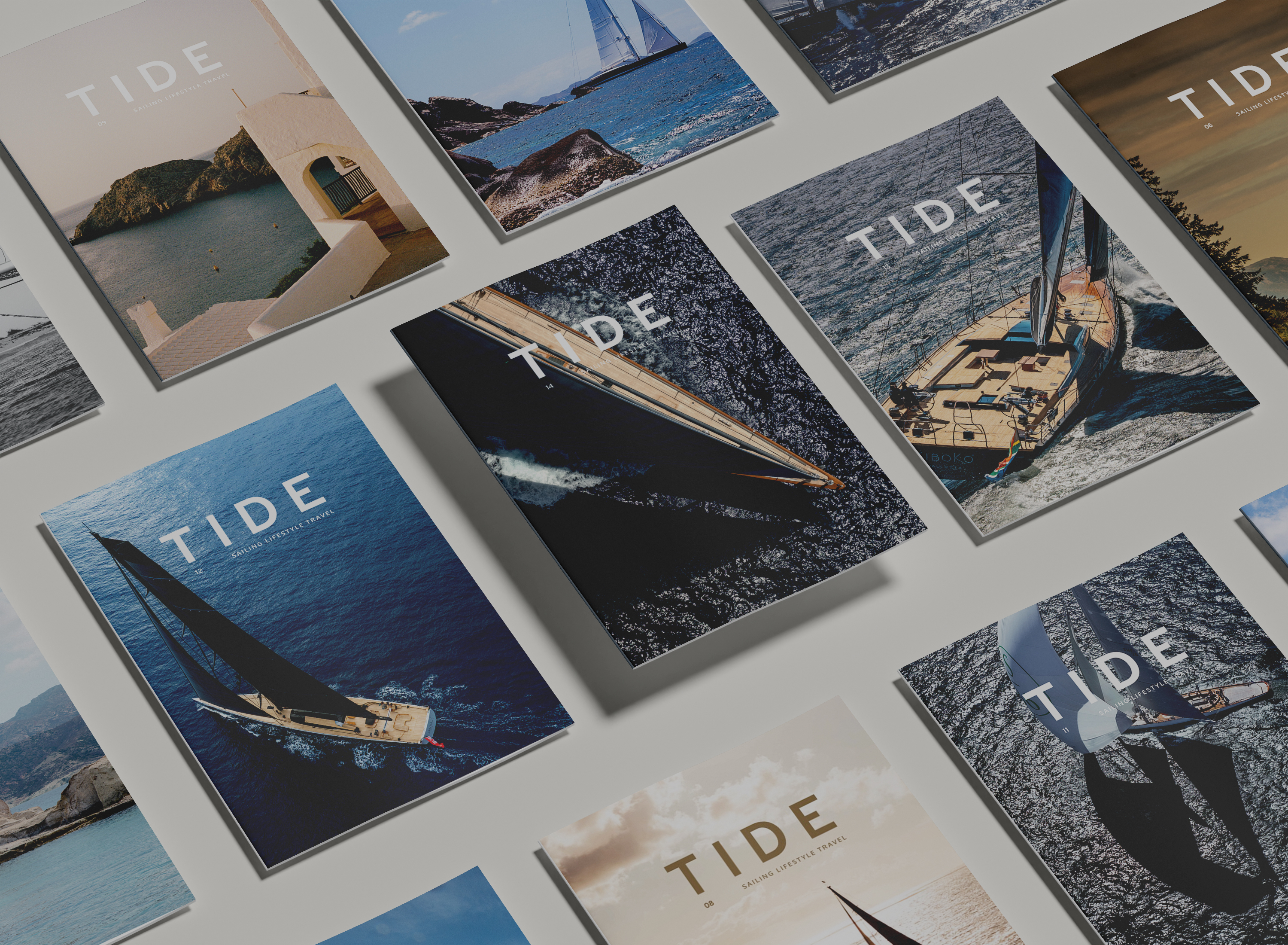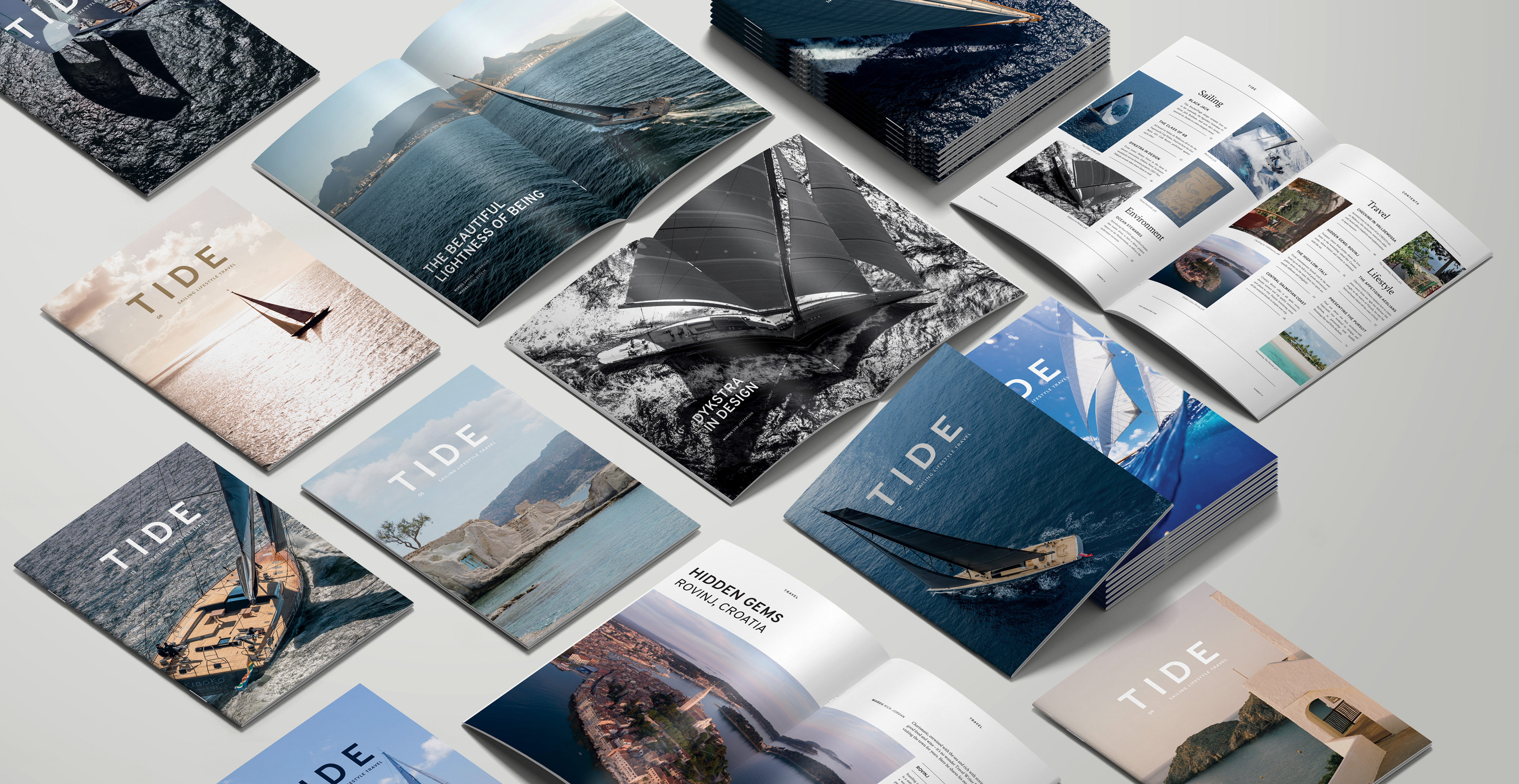Arriving in Norway by boat often feels like half the battle won, after a long passage across the choppy North Sea. Boats coming from outside the Schengen zone should head into one of the dozen-or-so ports of entry – perhaps the easiest being Tanager and Bergen on the crinkly west coast. These are also the best places to make crew changes or take on guests, and for replenishing the fridges.
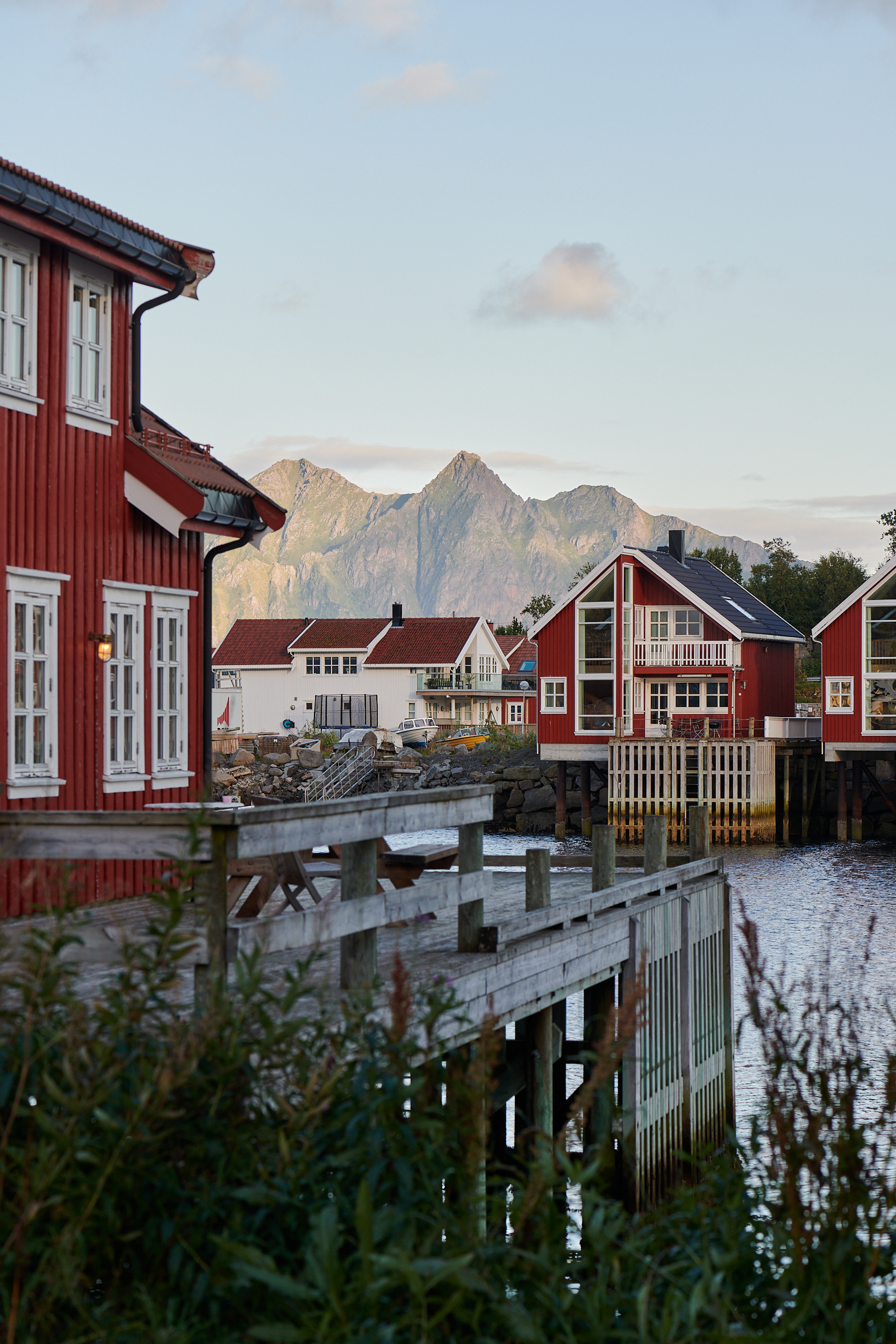
The region is not without its difficulties, but tricky navigation and some long offshore hops are as much a part of the adventure as orca spotting and waterfall chasing. While the entire south coast is a gentle summer playground of bays and skerries and sandy beaches, the landscape on the west coast already begins to feel more northern. Apart from a forbidding 60 miles northwest of Lindesnes (aka The Naze), the coast is a thrilling mix of islands and fjords, channels and mountains. There are usually multiple routes for getting from A to B, mostly well sheltered from the open sea, if not from the wind. Short hops by day will allow you to explore much of the coastline, although the long passage up to the Lofoten Islands will take 2-3 days depending on boat speed. All told, count on two weeks for a whistlestop tour, but you could spend a season here and never get bored.
Hardangerfjord
Fifty miles from both Stavanger and Bergen lies the entrance to one of Norway’s most celebrated fjords. It runs over 100 miles into the country’s rocky spine, where 1,500m-high mountains tower on either side of the waterway itself. In the spring, the sides of the valleys which branch off the main fjord present a vibrant spectacle of white and pink apple blossom. Cider is king here, and you can sample award-winning ‘Nordic Champagne’ everywhere.
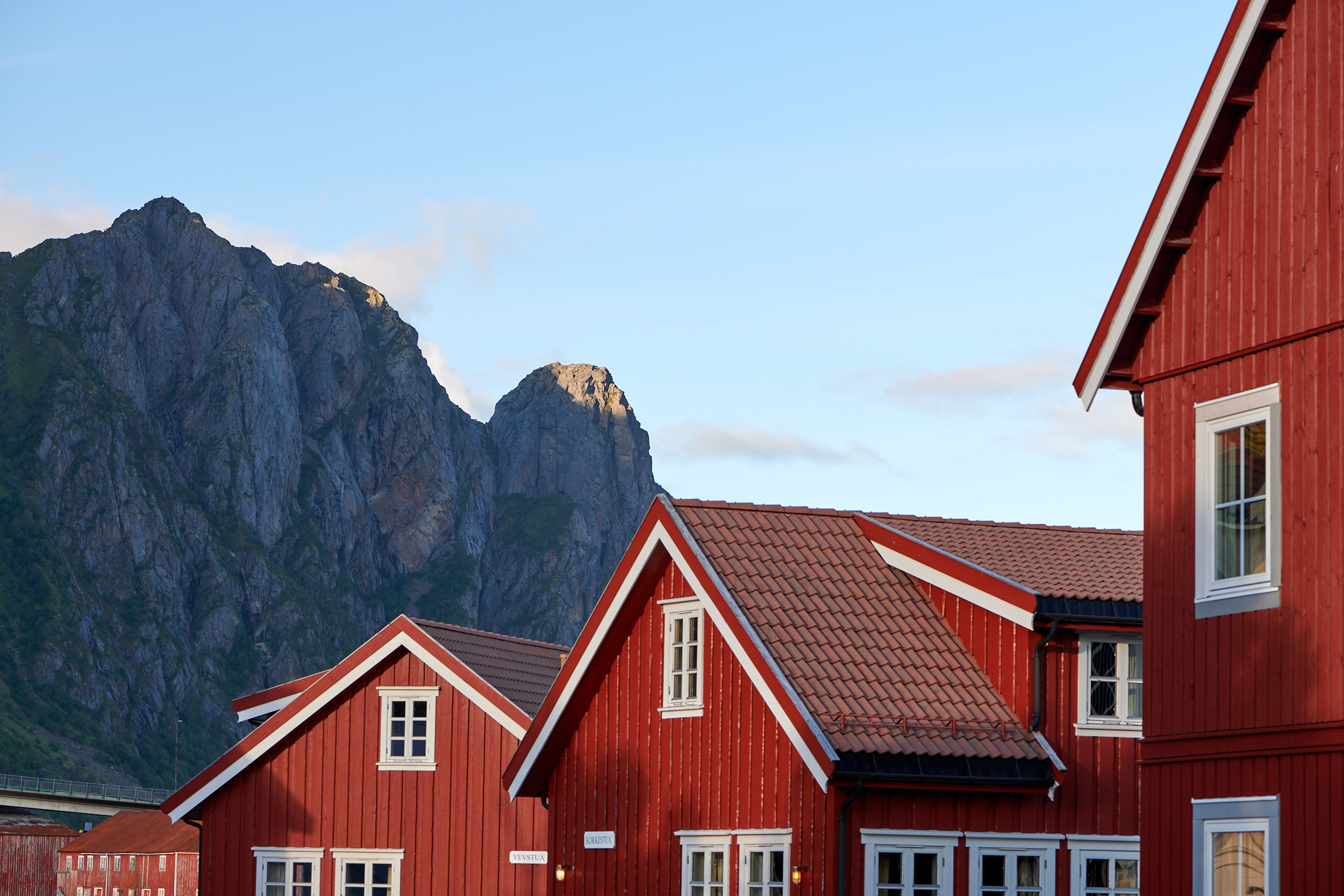
You’ll have to face headwinds, funnelled between the steep fjord walls, and the odd katabatic gust swooping down from a side valley, so expect to do some motoring. Berths are usually alongside uncrowded village quays or small marinas, but there are occasional deep-water anchorages too. Don’t miss the spectacular Eidfjord, accessible under Norway’s longest suspension bridge (air draught 55m). From here you can climb to the dramatic waterfall at Vøringsfossen, which tumbles 182m into the Måbødalen Valley. The Troll’s Tongue plateau is one of the region’s most challenging – and rewarding – hikes. At nearby Fonna there is summer-round skiing or ice climbing on the otherworldlyblue glacier.
Sognefjord
When the time comes to backtrack west, you can take one of the many inner leads to cut off the corner and turn north towards Bergen. The main Langenuen route is unrestricted, but the inner Lokksund passage passes under a bridge with 32m air draught, and there are similar restrictions inshore until you reach the entrance to the 120-mile long Sognefjord. Tall-masted boats will prefer the open-sea route for this reason.
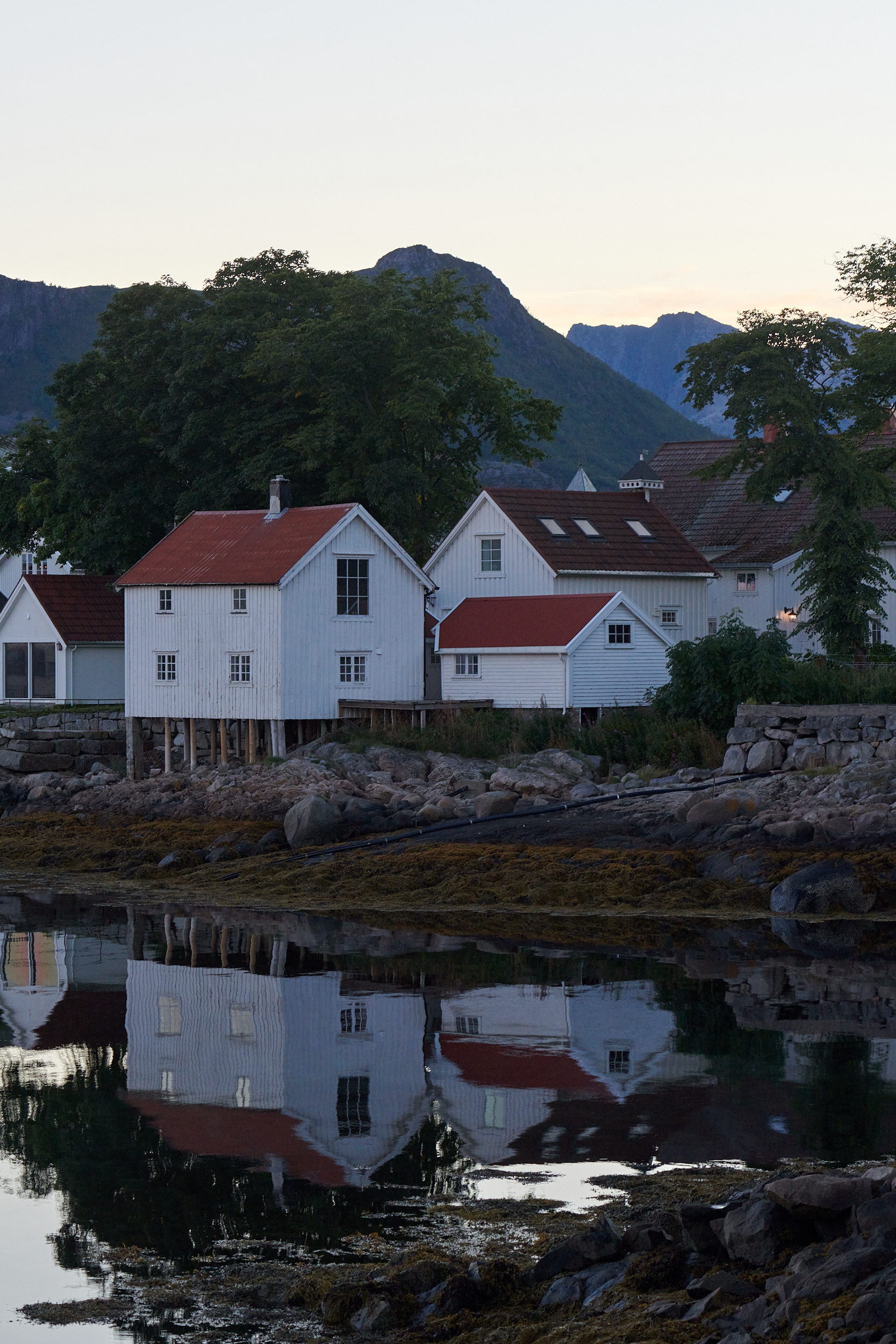
Gouged out of the rock by glaciers during the last ice age, the Sognefjord plunges to 1,300m below sea-level in places – only outdone by the 1,800m-high mountains that line it. This is distilled essence of Norway, with breathtaking scenery and numerous side fjords offering tantalising glimpses of ice-clad peaks and lush green valleys.
Overhung by the Jostedal glacier, Fjaerlandsfjord branches off to the north, while Naeroysfjord to the south narrows to just 200m wide in places, dwarfed by the sheer cliffs. There are few fully sheltered anchorages for leaving the boat, but a growing number of small marinas and pontoons. To the south, Flåm is as close to a tourist centre as you’ll find, and is the terminus for a gravity-defying 20km railway said to be the world’s most spectacular.
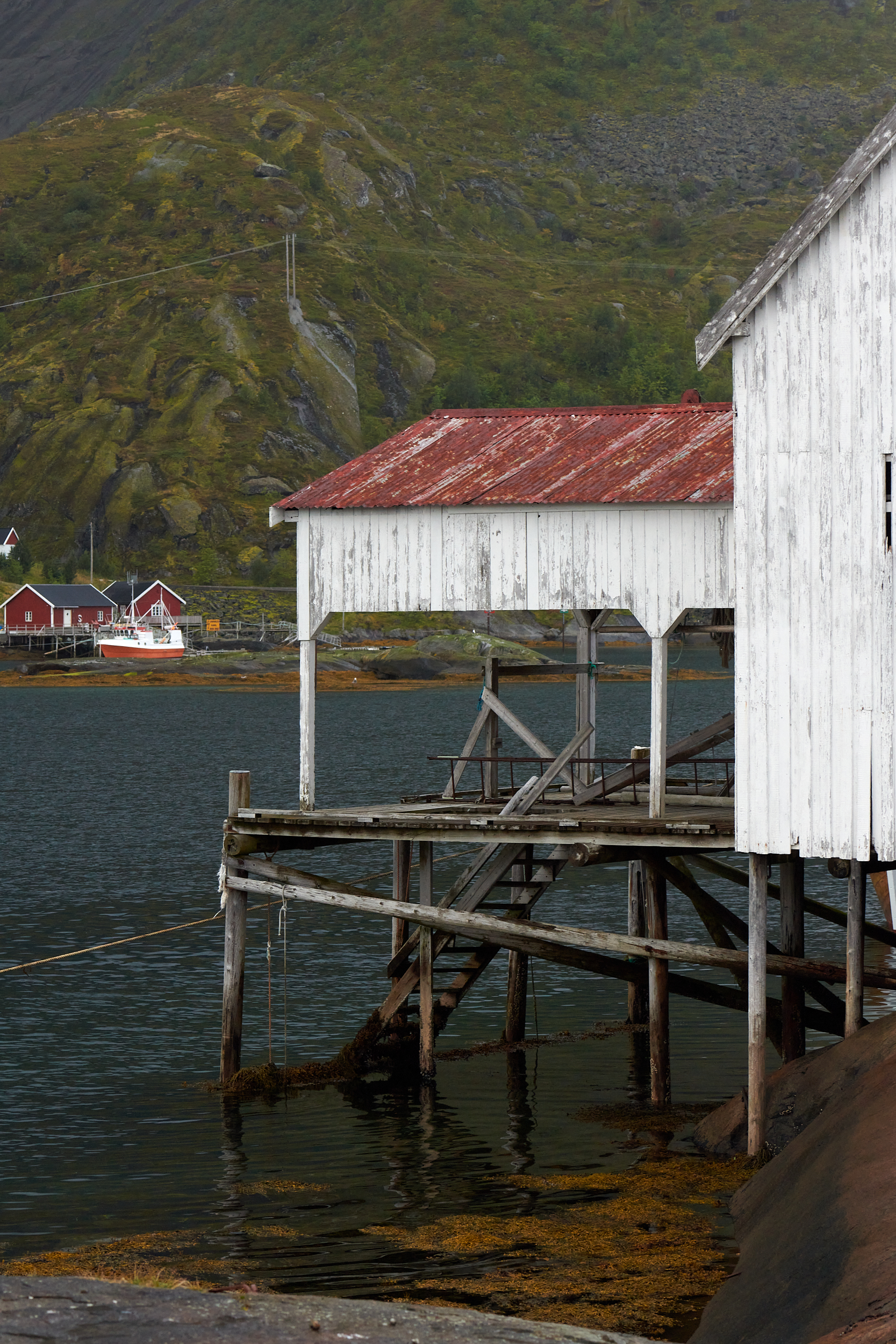
Geiranger fjord
Working your way back out against weak tidal streams, you can cut the corner once more in the deep channels between the mainland and the islands of Losna and Sula, running thrillingly close in under the rocks. Turning north past the rust-stained Stabben lighthouse, there’s a lively weave through more islands past the mouth of the Nordfjord and then round the gaunt, exposed headland of Statt, which can test nerves that have become used to the calm inshore waters. From here it is 50 miles east through winding sounds to one of the Fjordland gems. Geiranger Fjord is the poster boy of the region, its dizzying rock faces clad in lush green. No fewer than three world-class waterfalls tumble from its heights, including the famous Seven Sisters. Continuing the fairytale theme, the others are commonly known as The Suitor and the Bridal Gown.
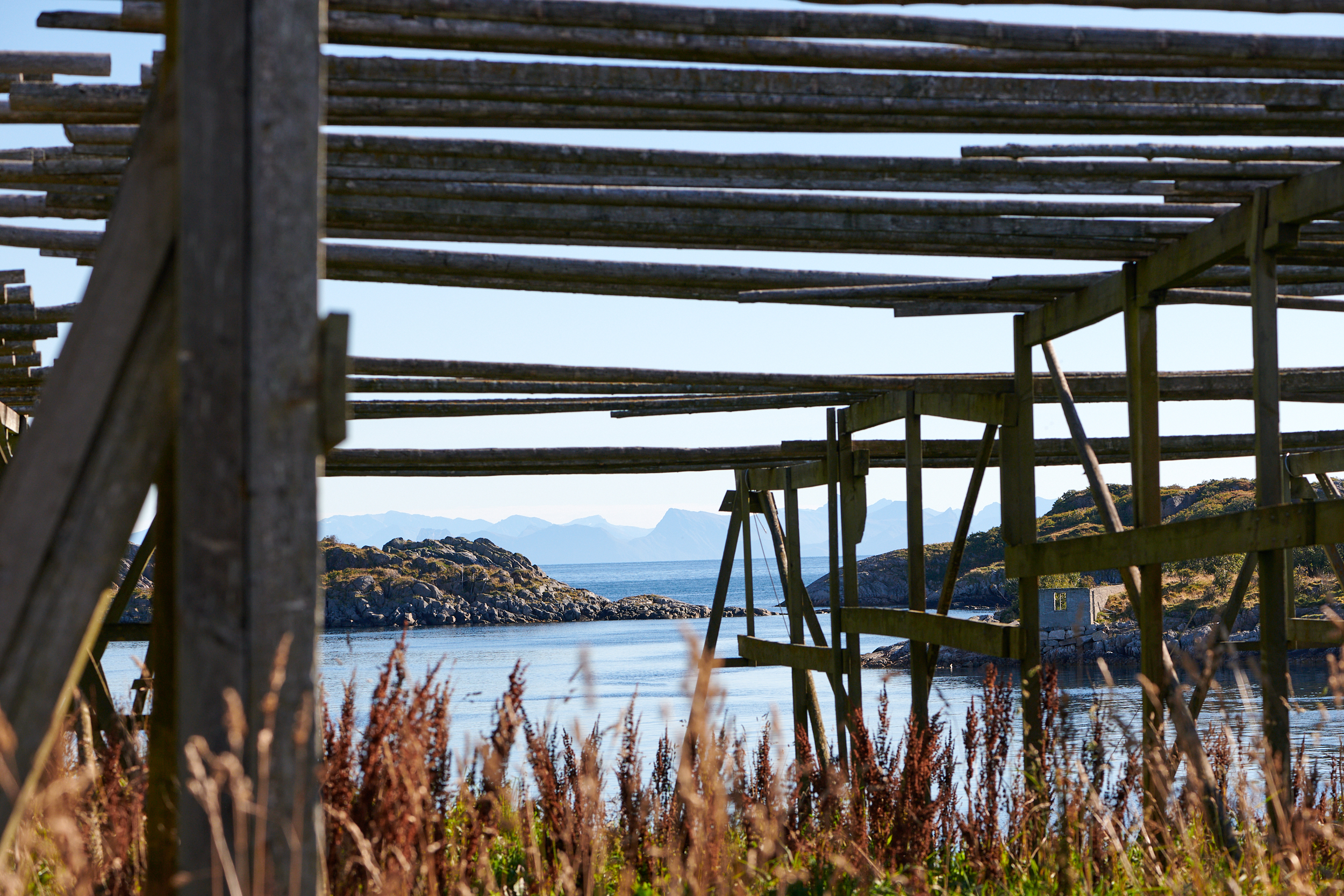
A well-kept secret is that the neighbouring Hjørundfjord is every bit as spectacular, but with far fewer visitors. The villages that dot its shores are reminders of another age, as is the Hotel Union Øye, an outpost of old-school opulence which has welcomed royalty, Arctic explorers and celebrated novelists in its time.
Lofoten Islands
As you pick up the route north again, it is worth a quick stopover in quirky Alesund, which was entirely rebuilt in the Art Nouveau style after a fire in 1904. We’re firmly back on the Viking trail here, near the birthplace of King Rollo, who established Normandy and fathered William the Conqueror.
It’s as well to relax here for a day or so, because the next passage cuts 400 miles across the Norwegian Sea, crossing the Arctic Circle as it does so. Of course, there’s plenty to see inshore, but our destination is the legendary Lofoten Islands, situated at 68 degrees north. Here, small fishing villages are dominated by the improbably steep and pointy mountains that rise almost sheer from the sea. The exposed west coast is a little gentler, and dotted with beaches.
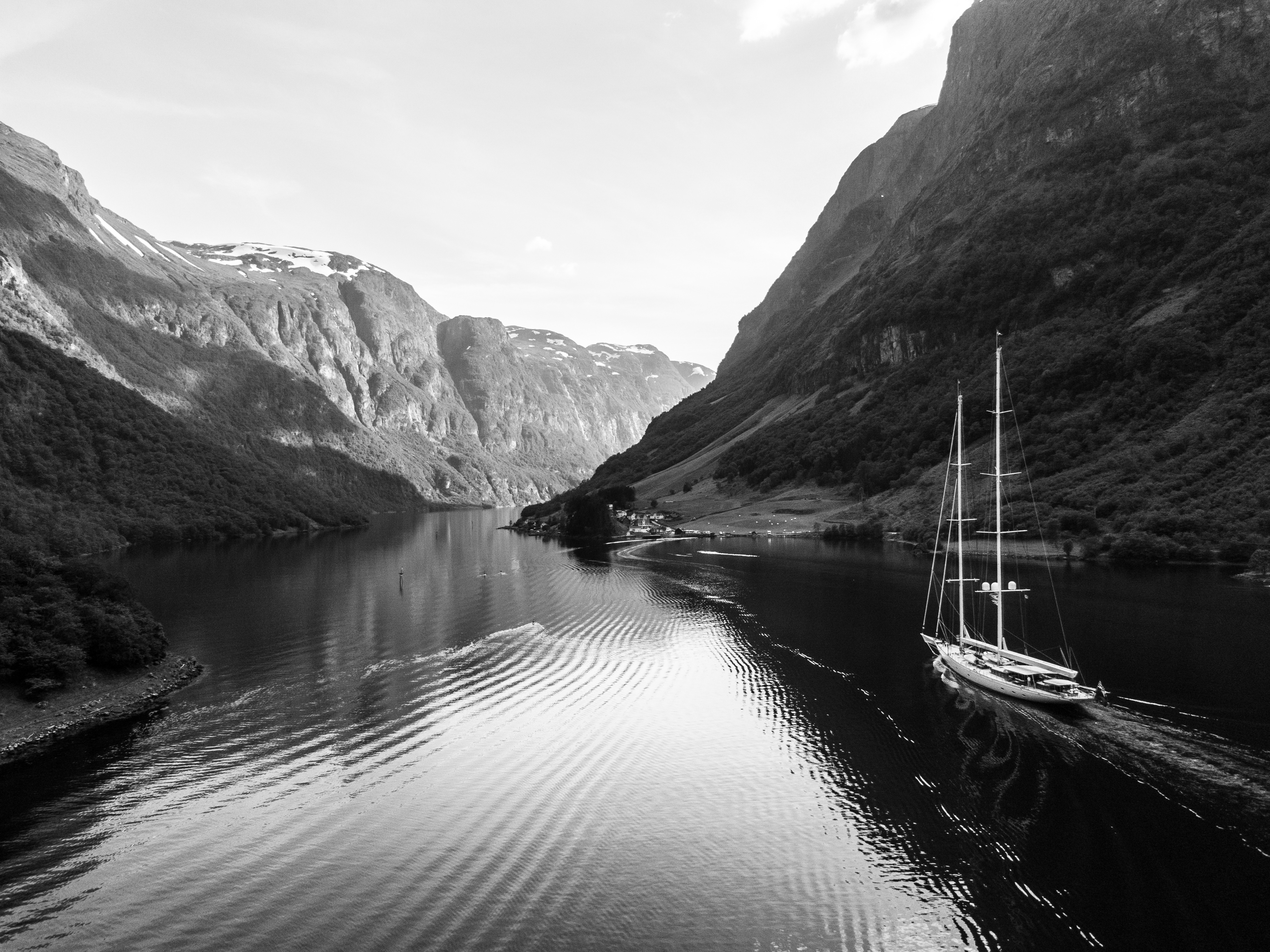
Stock up on provisions or change crew in Bødø on the mainland, then sail 40 miles west to Røst, the southernmost tip of the island chain. Red fishing huts stand on stilts in the shallows, while vast sides of cod hang on drying racks in the wind. Vaerøy to the north is renowned for its sea eagles and Måstad puffin dogs, used to hunt the plentiful seabirds. Tidal streams run hard between the islands, but the fiercest of all is the maelstrom south of Lofotodden, with heavy whirlpools and overfalls.
Moskensøy to the north is a magnificent combination of mountain scenery, hiking and fishing villages. It is nearly bisected by a dramatic fjord, but access is restricted by an 18m fixed bridge. Vestvågøy and Austvågøy are the biggest of the two islands, with a heady blend of wild anchorages, soaring peaks and picturesque harbours. Though hard to imagine now, this was once an extremely wealthy Viking fishing outpost linking north and south Norway. The waters team with life, from giant cod to majestic killer whales.
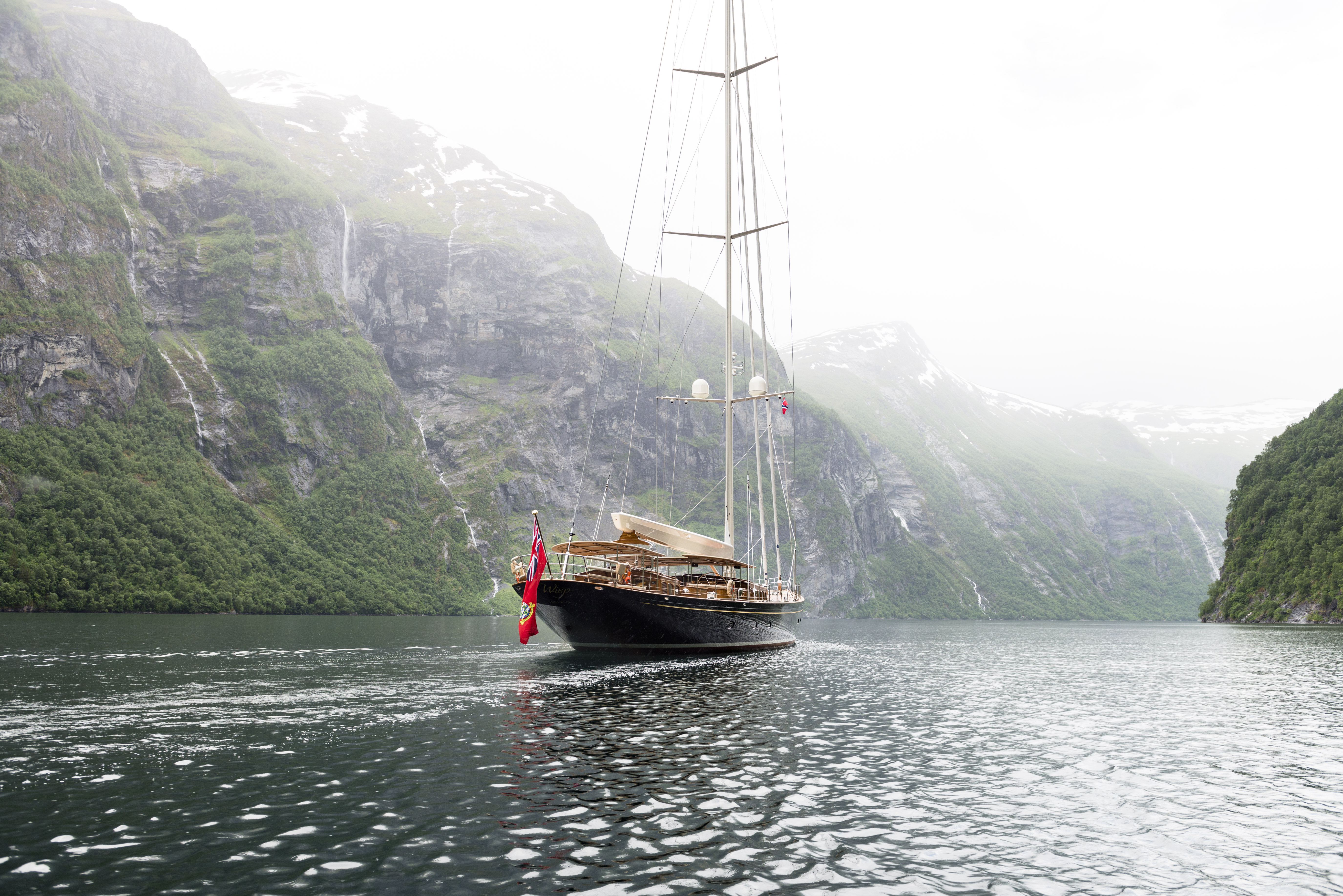
Alta
Up here at the same latitude as the Northwest Passage, it is easy to forget that there is still plenty more northing to be had. First comes Tromsø, and distant North Cape lies a 400-mile passage away. This is stark, raw sailing in the land of the midnight sun, but still well protected along inner sounds. Vegetation is noticeably sparser and the land lower here, though the Lyngen Alps offer challenging slopes for skiers all year round.
Alta is the main settlement in this distant corner of Norway. It is known as the “Northern Lights” city, whose new landmark is a striking circular cathedral of the same name. Wilderness is the real draw here, though. There is dramatic hiking through wildflower meadows grazed by herds of reindeer in the summer months. The indigenous Sami people will proudly share their nomadic culture, and there is top-notch salmon fishing in the Alta River.
Thousands of rock paintings have been left by inhabitants from as long as 7000 years ago, and are now recognised a UNESCO World Heritage site. And if you visit between late December and early April, you could spend a night in the world’s northernmost igloo hotelat Sorrisniva.
For the truly adventurous, the polar-bear islands of Svalbard lie another 500 miles to the northwest, but that is another story…
